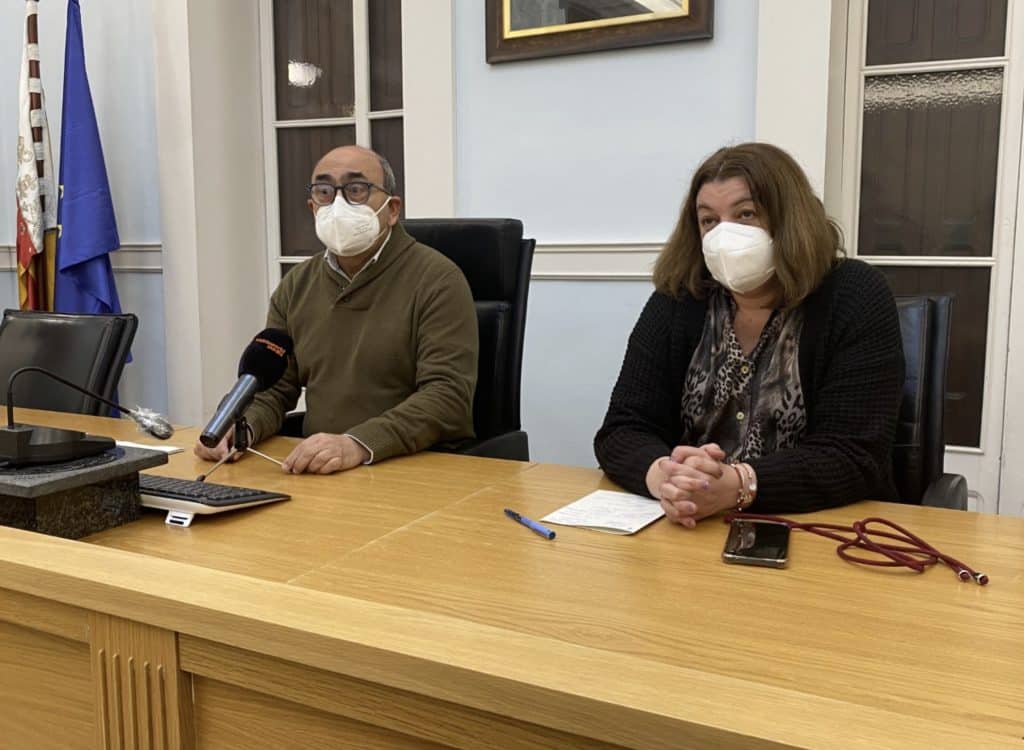Overexposure of children to the screens of mobile phones, tablets, computers or other electronic devices, increased during the Covid-19 pandemic, and has produced empirical consequences.
This is the conclusion that has been reached by Health and Education as a result of a campaign carried out in Crevillente schools.
The campaign against amblyopia (medical term used to describe when the eye does not work well with the brain), popularly known as ‘lazy eye’, has been carried out for several years in Crevillente.
It is an initiative that emerged from the Conselleria de Sanitat through its Xarxa Salut prevention program, in which the town hall participates. It was as a result of this that the Department of Health (in collaboration with the Department of Education) began to carry out these studies on the visual health of children from Crevillente.
Initially, this campaign was carried out at the end of the course. However, with the entry of the new government team in 2019, it was decided to move it to October, in order to have more time to analyse the results, and be able to take the pertinent actions during the rest of the term.
“It has been shown that poor visual health in children is closely linked to school failure. In fact, many times it happens to us that the students themselves are not aware that they see badly, and therefore do not say so. When we finally detect it and provide them with glasses, they realise that they can see much better” according to Gema Candelaria Asencio, councillor for health.
The great surprise has come with this latest amblyopia campaign carried out in the current school year. After several years with more or less stable results, suddenly the visual problems detected in the students have multiplied.
“The results have been so high that the optician himself thought that the ophthalmological instruments used had been damaged.” Asencio says.
In total, 283 students from infant education and sixth grade have been analysed. The tests indicate that 25% should undergo a more exhaustive review with a specialist since some anomaly has been detected. Specifically, in 22% it is suspected that they may have myopia, in 17% astigmatism and in 10.5% hyperopia. In a class of 25 students, up to 18 positive cases were found.
The councillor for health attributes this unprecedented growth to the new habits acquired since March 2020, due to the pandemic. “During these two years the children have spent much more time at home playing with their electronic equipment, tablets, mobiles, etc. They even had virtual classes for months. All of these have consequences”, she laments.
This was confirmed in the conversations that were held with the children themselves. Virtually everyone admitted that since the arrival of Covid they have increased their time in front of electronic screens, especially during the confinement of spring 2020.
On the other hand, in children who already wore glasses, less use of them has been detected, which has also been detrimental. “By having to wear a mask on the street, the glasses fog up and the children end up taking them off. Many adults also do this, but it’s not good for our eyesight,” explains Asencio.
The relevant educational centres have contacted the families of these children to recommend that they be taken to a paediatrician soon, in order to refer them to the ophthalmology departments.





